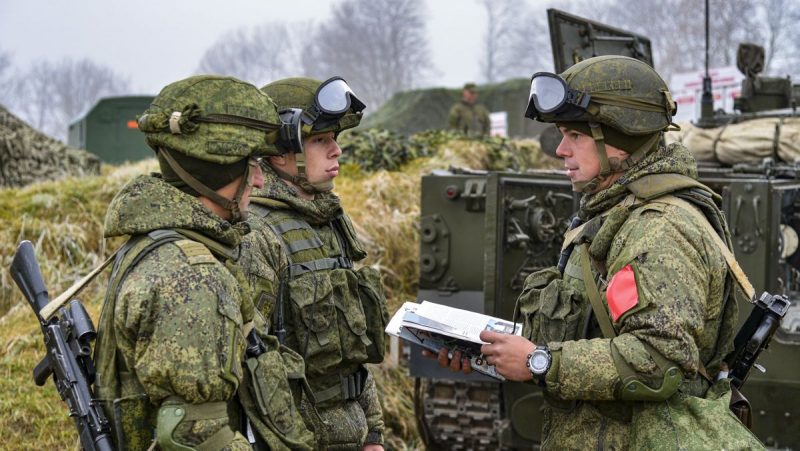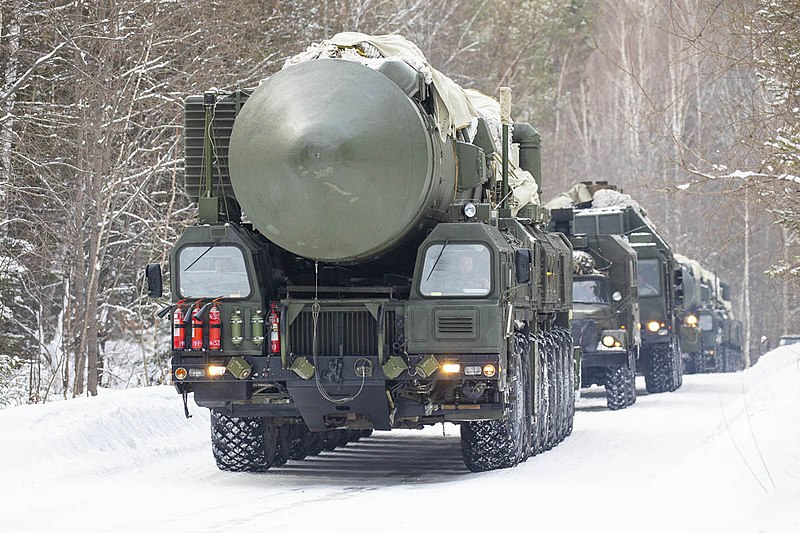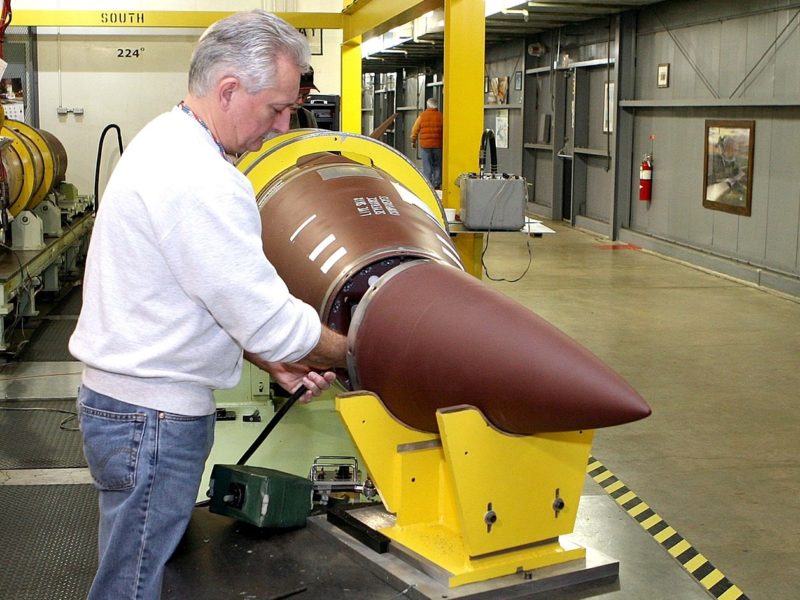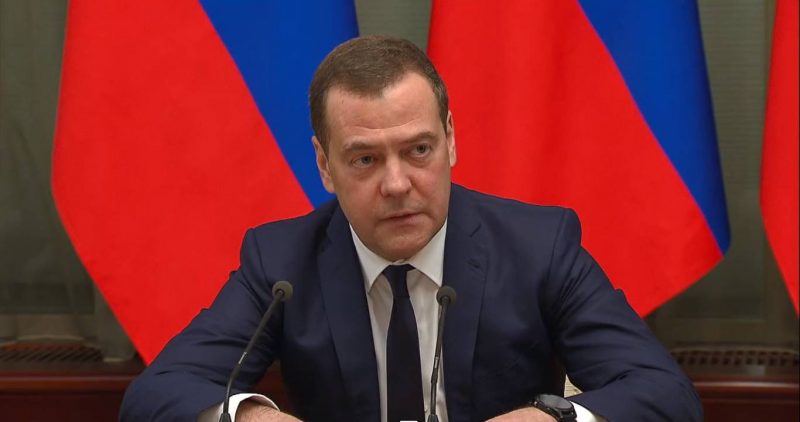To a great extent, these changes seem to be related to the “Mariupol” factor. The storming of the city vividly demonstrated that the Ukrainian army and nationalist battalion treat the local population with utmost cruelty and are not only ready to use Ukrainians as human shields, placing their firing point in schools, hospitals, and kindergartens, but also ruthlessly suppress people’s attempts to leave through the provided humanitarian corridors, simply killing those who wish to escape.
The liberation of Mariupol was crowned by successful negotiations on the surrender of the Azov national battalion (terrorist organization banned in the Russian Federation) at the Azovstal plant, but from a purely military point of view, the capture of the Nazi militants no longer played a significant role – the city had long been in the rear, to block Azovstal, according to the commander of the Vostok battalion Aleksandr Khodakovsky, only about 200 our servicemen were required, while and 2500 nationalists surrendered.
But in the informational war, the surrender of Azovstal became a very weighty factor – too much effort has been invested by the Ukrainian authorities in creating the myth of the indomitable defenders of Mariupol. The willingness of even the most desperate thugs to surrender, regardless of the harsh justice awaiting them in captivity, is a major blow to the myth created by Ukrainian propaganda.
However, the main and key changes in the approach, the Ukrainian army is experiencing at the contact line in the Lugansk and Donetsk People’s Republic. The Russian Armed Forces do not conduct large-scale offensive operations similar to those of the first weeks of the Special Military operation. They have been replaced by practically routine work of army aviation (Su-25 attack aircraft and Ka-52A and Mi-28NM helicopters), missile forces and artillery.
The enemy is methodically identified by recon and systematically destroyed by artillery and aviation. It would seem that an almost frontal assault on the fortifications created by the Ukrainian army during the years of combat operations in Donbass is not the best solution.
But the most trained and motivated units, which the enemy moves to hold the front, are destroyed, and the capture of relatively small villages and towns is significantly different from urban combat in Mariupol.
And the West has already understood the effectiveness of the Russian Armed Forces’ tactics. Arms deliveries continue and even increase, new names of the weaponry appear in the news, but the key questions remain.
The Ukrainian army has already lost thousands of tanks, MLRS and cannons since the beginning of the Special Military Operation, the supplied hundreds of items are not enough to replace them, and the dynamics of destruction of Ukrainian and Western military equipment by the Russian military remains very high.
Finally, new equipment requires trained personnel, and training the fighters takes much longer than moving equipment to the front lines.
If the dynamic continues, the slow and persistent advance of the Russian army and Donbass People’s Militia will sooner or later lead to the collapse of the front – the Ukrainian army will simply run out of trained and motivated units.
Ukraine pays a dear price every day to maintain the situation at the front, but neither the Ukrainian authorities nor the West, which is ready to fight Russia to the last Ukrainian.
Translated from https://t.me/shotday/311




